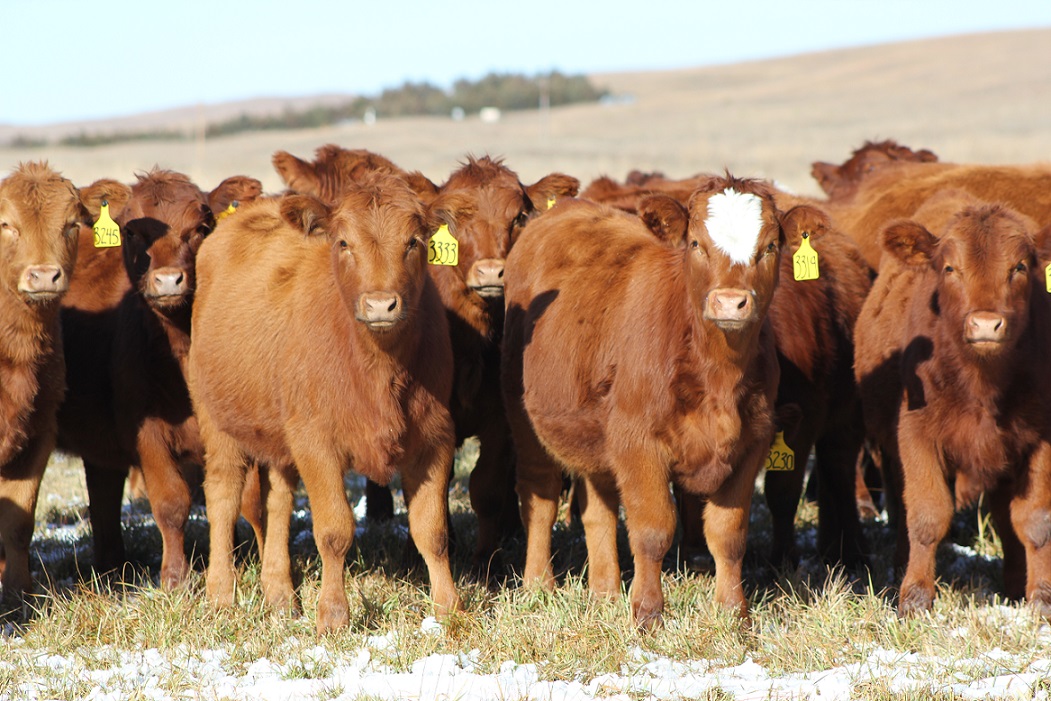
By Bruce Treffer, Nebraska Extension Educator
When going into the heifer pen to decide which of the calves stay in the operation and which are sold, producers are making choices that affect the profitability of their herd for years to come. A crystal ball would sure come in handy as we never really know the outcome of alternate choices.
One strategy is to sensibly develop and breed the entire group of heifers and then select those that breed early, or wait to cull until after they wean their first calf. While this would give us a better projection, it isn’t practical for most to add that many females to their operation for that long.
Here are some selection tips from retired UNL professor Jim Gosey, UNL West Central Beef Reproductive Physiologist, Rick Funston, and UNL Beef Genetics specialist, Matt Spangler.
1 – Cull daughters of problem cows. This includes cows that needed help calving, were late calving or that had bad dispositions.
2 – Cull lightweights, big birth weights and 6-frame heifers. Big doesn’t always mean bad. If she’s big because she is older, you want to keep her.
3 – Along with that, select heifers that were born during the first 45 or better yet, the first 21 days of the calving season. “Cull the youngest heifers.”
4 – Select daughters out of the oldest cows. This goes back to information that is being learned about fetal programming and the fertility in those cow lines. Cows that offer longevity will most likely produce heifers that also offer optimum pregnancy rates.
5 – Identify and cull the nervous or “upheaded” heifers. You don’t need to knowingly add disposition problems to your herd.
6 – Try not to keep any feet and leg problems. Too much set to their hocks isn’t good but really straight-hocked or posty-legged heifers are a bigger problem.
7 – The value of genetic testing mainly lies with determining the heifers’ sires, if they are not already known. Keep daughters from bulls that have favorable EPD’s for things like stayability, lower input costs, sensible mature size, higher heifer pregnancy, moderate milk, calving ease, docility etc.
8 – If you are in a commercial setting with baldies, select heifers that have pigmented eyes and udders.
It’s not likely every heifer kept will be a great cow but at least the deck can be stacked in your favor.
Other UNL publication on replacement heifers that may be of interest include:
Reducing Replacement Heifer Development Costs Using a Systems Approach
http://extensionpublications.unl.edu/assets/html/g2215/build/g2215.htm
Selecting and Developing Replacement Heifers
http://beef.unl.edu/selecting-and-developing-replacement-heifers
To listen to BeefWatch podcasts go to: https://itunes.apple.com/us/podcast/unl-beefwatch/id964198047 or paste http://feeds.feedburner.com/unlbeefwatch into your podcast app.